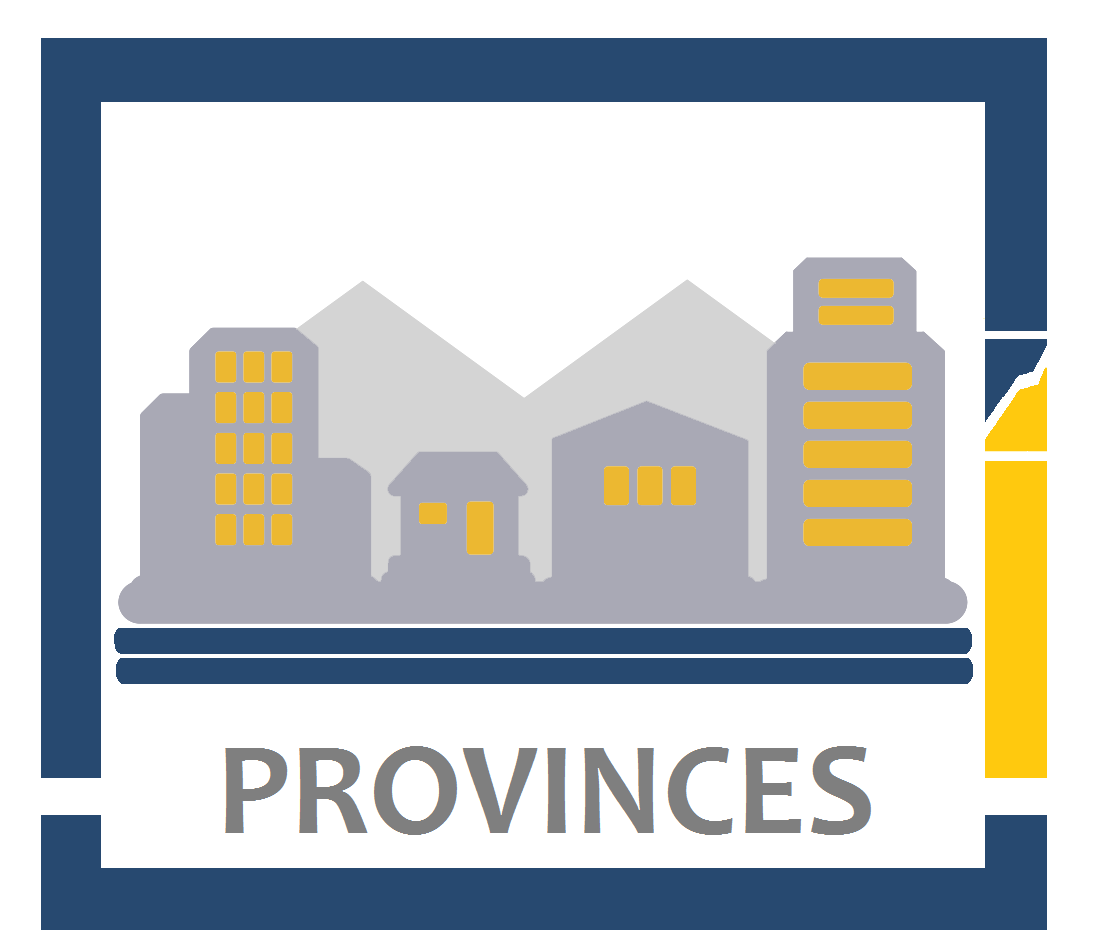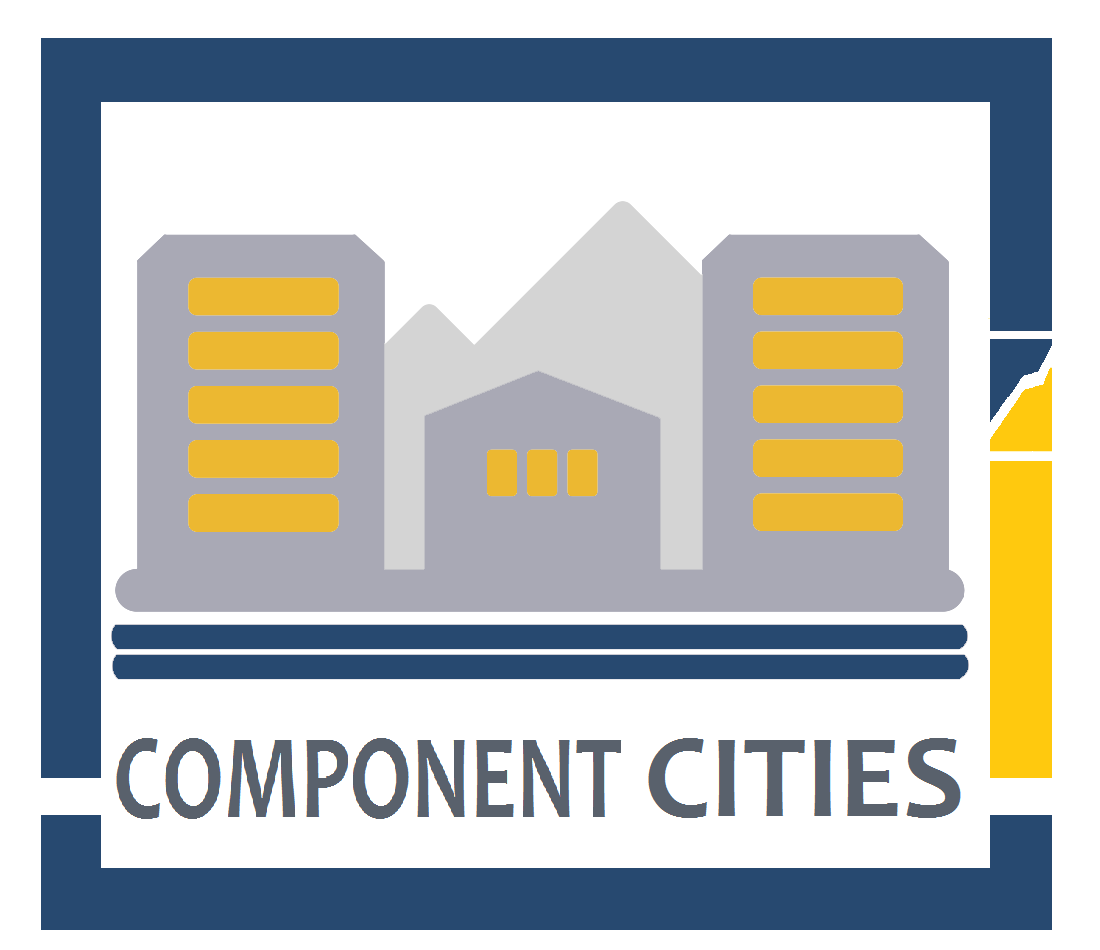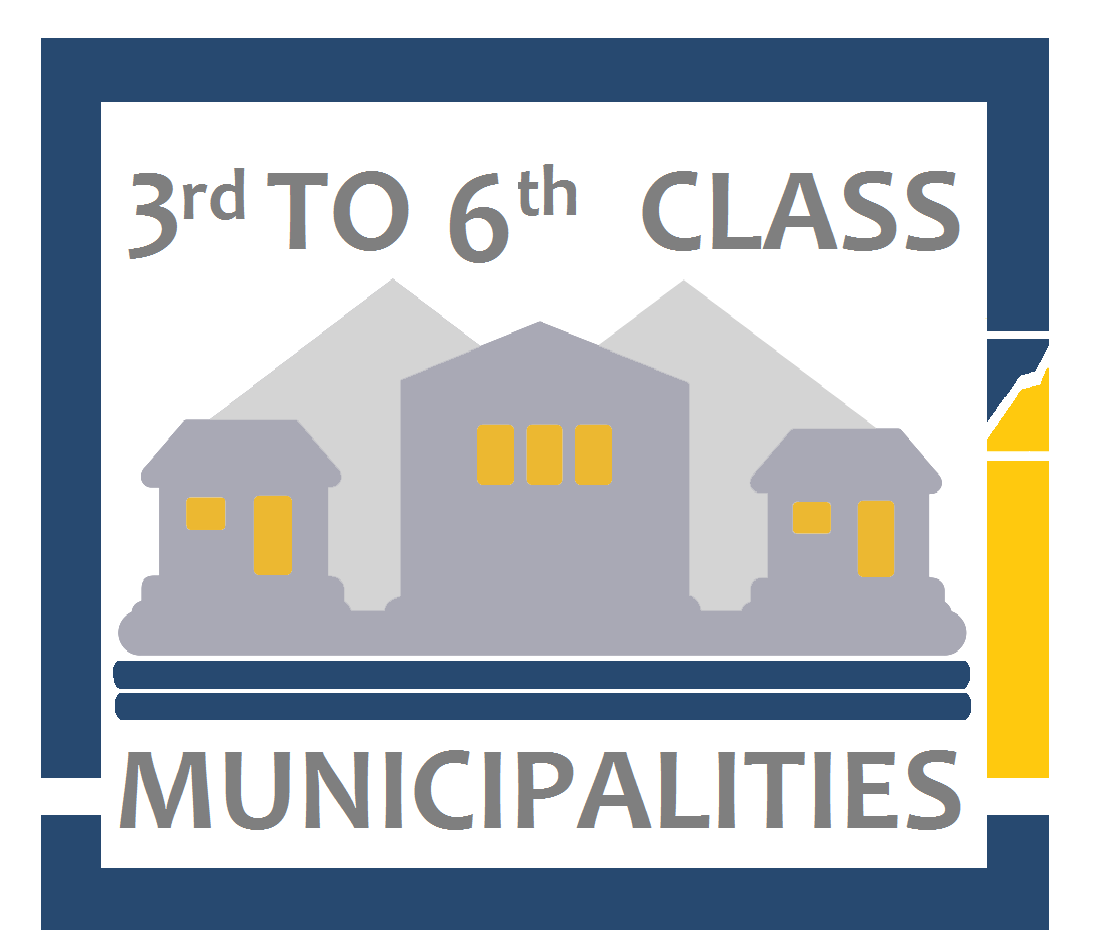About the Index
A. OVERVIEW
The Cities and Municipalities Competitiveness Index is an annual ranking of Philippine cities and municipalities developed by the National Competitiveness Council through the Regional Competitiveness Committees (RCCs) with the assistance of the United States Agency for International Development.

The CMCI local competitiveness Framework adopted the framework developed by Michael Porter, which is also being used in a number of global surveys on competitiveness. Porter’s definition of competitiveness focused on the idea of productivity. Productivity is defined as output per unit of input. Effectively, it attempts to measure how many final products can be produced using a limited number of inputs. Productivity also requires that efficient outputs command value in the local up to the global marketplace. Porter defined competitiveness as based on location and is essentially the productivity that companies located there can achieve (Porter,2004). He explains location as a country’s underlying source of its resources and productivity as how the country uses these resources. Using the same lens, local competitiveness is how a city or municipality knows its resources and how it uses these to improve its standard of living.
This is critical because Porter’s definition encompasses all sectors of society. According to him, “almost everything matters for competitiveness – schools, roads, financial markets, the consumer.” He also cautioned that to make all of these work for competitiveness, people and culture must also catch up with the mindset. Hence, improving competitiveness takes time.
Improving productivity allows firms, cities, municipalities and countries to improve their standards of living and thereby give prosperity to its citizens.
B. COMPETITIVENESS RANKINGS
Cities and municipalities are ranked on their competitiveness based on an overall competitiveness score. The overall competitiveness score is the sum of scores on five main pillars which pool data from several sub-indicators. The five main pillars are: economic dynamism, government efficiency, infrastructure, resiliency, and innovation. Scores are determined by the values of the actual data, as well as the completeness of the submitted data. The higher the score of a city or municipality, the more competitive it is.

C. COMPETITIVENESS RANKING CATEGORIES

Provinces are the largest units in the political structure of the Philippines. It consists, in varying numbers, of municipalities and, in some cases, of component cities. Its functions and duties in relation to its component cities and municipalities are generally coordinative and supervisory.

Cities with a minimum population of two hundred thousand (200,000) inhabitants, as certified by the National Statistics Office, and with the latest annual income of at least Fifty Million Pesos (P50,000,000.00) based on 1991 constant prices, as certified by the city treasurer.

Cities which do not meet the above requirements (the requirements of a Highly Urbanized City) shall be considered component cities of the province in which they are geographically located. If a component city is located within the boundaries of two (2) or more provinces, such city shall be considered a component of the province of which it used to be a municipality.

First Class Municipalities are municipalities which have an average annual income of P55M or more during the previous four calendar years while Second Class Municipalities have a latest annual income of P45M to P54,999,999 during the previous four calendar years.

Third Class Municipalities are municipalities which have an average annual income of P35M to P44,999,999; Fourth Class Municipalities have an average annual income of P25M to P34,999,999; Fifth Class Municipalities have an average annual income of P15M to P24,999,999; and Sixth Class Municipalities have less than P15M average annual income.
D. USES OF INDEX

Public Sector: The Index can be used as a diagnostic tool by local government officials to assess the competitiveness of their city or municipality and identify areas for improvement and collaboration. Data can provide insight for policy making, development planning and investment promotion.
Private Sector: For the business community, the Index can serve as a guide in deciding where to locate. Aside from the overall score, data on the different indicators will prove valuable depending on the specific needs of their business.
Academe: The Index also paints a general picture of Philippine cities and municipalities which may be used by the academe, civil society and even tourists as a take-off point for further research.